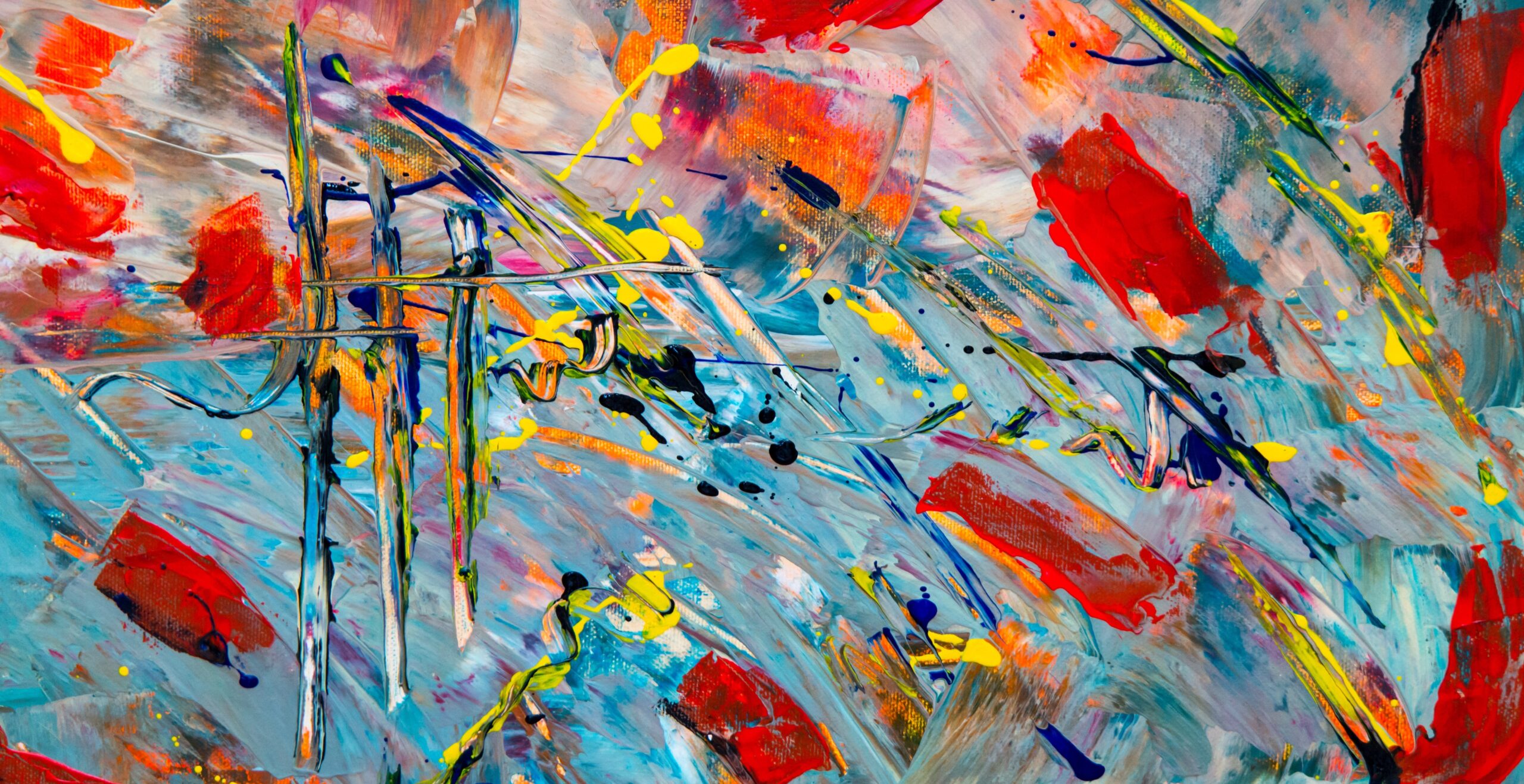
In a world where financial markets can be turbulent and traditional investment options often come with their fair share of risks, the allure of investing in art and collectibles is gaining traction like never before. These tangible assets offer a unique blend of aesthetic pleasure, historical significance, and the potential for substantial returns on investment. In this article, we will explore why investing in art and collectibles is a prudent choice, breaking down the key factors that make it a compelling addition to any investment portfolio.
Understanding the concept of investing in art
Tangibility and Aesthetic Appeal
One of the most alluring aspects of investing in art and collectibles is the tangible nature of these assets. Unlike stocks or bonds, where your investment exists in the digital realm, art and collectibles are physical, often beautifully crafted items that you can touch, admire, and display in your home. Owning a rare, hand-painted porcelain vase from the Ming Dynasty not only holds significant financial value but also adds a touch of timeless elegance to your living space.
The Stories They Tell
Art and collectibles are more than just objects; they are vessels of history and culture. Each piece comes with its unique story, offering investors a glimpse into the past and a connection to the broader human narrative stating why invest in art. A medieval illuminated manuscript not only serves as an investment but also as a window into the artistry and knowledge of a bygone era. This is one of the reasons why we invest in art.
The Investment Potential of Art and Collectibles
Portfolio Diversification
Portfolio Diversification: Spreading Risk for Stability
When we talk about portfolio diversification, we’re referring to a strategic approach to managing investments. It involves spreading your investment capital across different asset classes or types of investments. The primary objective is to reduce risk by not putting all your eggs in one basket, so to speak. By diversifying, you aim to create a portfolio that is less vulnerable to the ups and downs of any single investment or asset class.
Here’s a more detailed explanation on why invest in art:
1. Reducing Risk: Diversification is based on the principle that different assets perform differently under various economic conditions. For example, when the stock market is thriving, bonds may not perform as well, and vice versa. By holding a mix of asset types, you’re less exposed to the risk associated with a single asset’s performance. If one investment underperforms or faces a downturn, the overall impact on your portfolio is cushioned because other investments may be doing well.
2. Asset Classes: Asset classes are broad categories of investments that have similar characteristics and behaviors. The main asset classes include stocks (equities), bonds (fixed income), real estate, cash or cash equivalents, and alternative investments. When it comes to investing in art, it’s important to note that art and collectibles fall into the category of alternative investments. They are considered ‘alternative’ because they are different from the more traditional stocks and bonds.
3. The Role of Art and Collectibles: Art and collectibles, as alternative investments, play a crucial role in diversifying a portfolio. Their value often moves independently of traditional financial markets, such as the stock and bond markets. This means that even when the stock market is experiencing volatility or a recession, the value of your art and collectibles may remain stable or even appreciate.
During the financial crisis of 2008, many traditional investments like stocks and real estate suffered significant losses. However, the art market held its ground relatively well. This illustrates how art and collectibles can provide a valuable means of diversification by not being closely tied to the performance of traditional financial assets.
4. Adding Stability: By including art and collectibles in your investment portfolio, you add a layer of stability. When the broader financial markets are in turmoil, these tangible assets can act as a hedge, helping to maintain the overall balance and performance of your portfolio.
In essence, portfolio diversification is a risk management strategy. It’s about creating a mix of assets that have the potential to perform well in different economic scenarios. Art and collectibles contribute to this strategy by being an asset class that often moves independently from stocks and bonds. This independence can help stabilize your portfolio and reduce its vulnerability to market fluctuations, making it a key component of a well-rounded investment strategy.
When we discuss the potential for capital appreciation in the context of art and collectibles, we are highlighting one of the most compelling reasons why investors are drawn to this asset class. Capital appreciation refers to the increase in the market value or price of an asset over time. In the case of art and collectibles, this appreciation can be substantial and is driven by several key factors:
1. Rarity: Rarity is a fundamental driver of capital appreciation in the world of art and collectibles. Items that are rare and difficult to come by tend to command higher prices. The scarcity of a particular piece can create a sense of urgency among collectors, leading to increased demand and subsequently driving up its value. Consider a limited edition print of a famous artist’s work. If there are only a few copies in existence, collectors who desire it will compete to obtain one, often resulting in higher prices. This is why investing in art has become increasingly attractive option.Thanks to our partners, you can find ties online to suit every preference and budget, from budget to top-of-the-range super stylish models.
2. Demand: The level of demand for a particular artist, style, or collectible item significantly impacts its potential for capital appreciation. When an artist gains popularity or a particular type of collectible becomes trendy, demand surges, and prices can soar. The demand for vintage comic books featuring iconic characters like Superman or Batman has risen significantly over the years, driving up the value of these collectibles.
3. Historical Significance: Art and collectibles with historical significance often hold a special place in the hearts of collectors and investors. Items associated with historical events, figures, or periods can carry a unique value that appreciates over time due to their historical importance. A letter written by a historical figure, such as Abraham Lincoln or Winston Churchill, may appreciate in value as its historical relevance becomes more apparent and appreciated by collectors and historians.
4. Cultural and Artistic Significance: Art and collectibles that possess cultural or artistic significance can also experience substantial capital appreciation. These items become valuable not only for their aesthetic appeal but also for their contribution to the broader cultural or artistic narrative. The works of renowned artists like Pablo Picasso or Vincent van Gogh have seen remarkable appreciation in value over time due to their significant contributions to the art world.
5. Limited Supply: The limited supply of certain art and collectibles can be a driving force behind their capital appreciation. Whether it’s a limited edition print, a vintage automobile, or a rare stamp, the finite number available in the market can lead to increased competition among collectors, ultimately resulting in higher prices. This scarcity factor plays a crucial role when investing in art and collectibles. Rare postage stamps, such as the 1856 British Guiana One-Cent Magenta, are highly sought after due to their limited supply. This stamp has repeatedly set records as one of the world’s most valuable objects by weight.
In summary, the potential for capital appreciation in art and collectibles is a compelling reason to invest in art. Rarity, demand, historical and cultural significance, and limited supply are key factors that can drive up the value of these assets over time. Investors are attracted to the opportunity not only to enjoy the aesthetic and historical aspects of their acquisitions but also to potentially realize significant financial gains as these items appreciate in value.
Income Generation

Art and collectibles can generate income through various means. You can lend your items for exhibitions, lease them to museums, or even rent them out for special events, adding an income stream to your investment. Income generation through art and collectibles involves leveraging these tangible assets for financial gain. Owners have the option to lend their pieces for exhibitions, providing an opportunity to earn fees from galleries or institutions hosting the showcase.
Leasing artworks or collectibles to museums for public display can yield steady rental income. Additionally, renting out these items for special events like weddings or corporate gatherings offers a unique income source. This multifaceted approach allows investors to not only appreciate the potential capital growth of their assets but also enjoy ongoing financial returns, making art and collectibles a dynamic addition to a diversified investment portfolio. A collector of vintage cars may rent out his classic vehicles for film shoots or weddings, generating a steady income while holding onto appreciating assets.
Tax Advantages
Depending on your jurisdiction, investing in art and collectibles can come with significant tax advantages. These can include favorable capital gains treatment, tax deductions for donations, or reduced inheritance taxes. Donating a valuable piece of art to a qualified charitable organization can result in a tax deduction while contributing to cultural preservation.
Assessing the Risks
Market Volatility
While investing in art and collectibles can offer stability during economic downturns, they are not immune to market volatility. The value of these assets can fluctuate based on changing trends, shifts in collector preferences, and economic conditions. A sudden decline in interest in a particular artist’s work can lead to a drop in the value of their pieces. It’s important to stay vigilant and consider external conditions that might affect the price while investing in art.
Lack of Liquidity
Art and collectibles are considered illiquid assets, which means they may not be easily converted into cash. Selling them can take time, and finding the right buyer may not always be straightforward. If you need to sell your rare stamp collection urgently, finding a buyer willing to pay its true value might be challenging. It’s crucial to keep this in mind when making decisions about investing in art.
The Importance of Expert Guidance
Investing in art and collectibles is an endeavour that demands knowledge, expertise, and thorough due diligence. It’s crucial to seek guidance from experts in the field, such as art appraisers and collectibles specialists, to make informed decisions. An art expert can help you verify the authenticity and provenance of a painting, ensuring you’re making a sound investment when you invest in art of any kind.
In Conclusion
In a world filled with investment options, investing in art and collectibles stands out as a unique and rewarding opportunity. These assets offer the beauty of tangible objects, the allure of historical significance, and the potential for financial gain. However, it’s essential to approach this asset class with caution, acknowledging the associated risks and the need for expert guidance.
By understanding the intrinsic value, investment potential, and considerations of art and collectibles, you can make informed choices that align with your financial goals and aspirations. As with any investment, thorough research, patience, and a long-term perspective are key to success. So, what are you waiting for? Invest in art and collectibles now.

